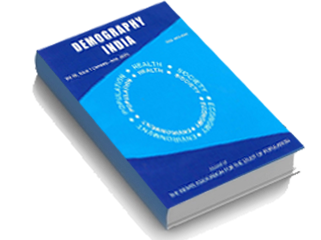
Efficiency Assessment of Maternal health services in the Aspirational Districts of EAG states in India: A Data Envelopment Analysis Approach
Working Paper No- 412
India has achieved a momentous leap in economic growth in last few decades despite that it exhibits two disparate spectrums. At one spectrum, there are rapidly urbanizing mega-cities and wealth expansion of prosperous communities, while on the other hand a large number of people are lacking essential healthcare accessibility, social services and securities. Even in the healthcare system this gap is prominent and is expanding due to virtual alienation of the lagging masses by the health system essentially dominated by the private sector. At this juncture the role of the Government in enabling a sustainable health infrastructure with suitable manpower becomes very critical for the lagging units. The study keeps this as a primary backdrop to throw light onto the performance of the aspirational districts in the Empowered Action Groups (EAG) states of the country. The study sought to assess the performance of these districts by drawing to sum up the efficiency of health outcomes across a range of input-output spectrum specifically targeted to maternal health. Strengthening maternal health services in aspirational districts has been a key concern for policymakers across India and the present study will establish the input lacunae hindering the achievement of the desired outputs. Data Envelopment Analysis (DEA) was used to analyze the efficiencies in terms of maternal health care for the aspirational districts. For the application of the said method, Institutional Deliveries (ID) was chosen as the output variable. Perusal of the DEA results reveal startling lags in terms of efficiencies observed in each of these districts with regards to maternal health. The results of this study showed that 84 percent of the aspirational districts in the EAG states are operating at less than optimal level and 42 of these obtained efficiency scores below 80 percent. This finding implies that the inefficient districts could significantly improve their efficiency by better resource management and allocation. The results suggested that the district of Gaya has the maximum scope to increase the output (Institutional Deliveries) from its current levels. The study has also quantified the peers for inefficient aspirational districts. Sirohi and Bokaro being the most cited peers certainly have put forth key takeaways in terms of strengthening maternal healthcare models for other aspirational districts.
Find on this page
Contact Us
Institute of Economic Growth, University Enclave, University of Delhi (North Campus),
Delhi 110 007, India
contact-us@iegindia.org
+91-11-27666364/6367, 27667101/7288/7365/7424
+91-11-27667410



